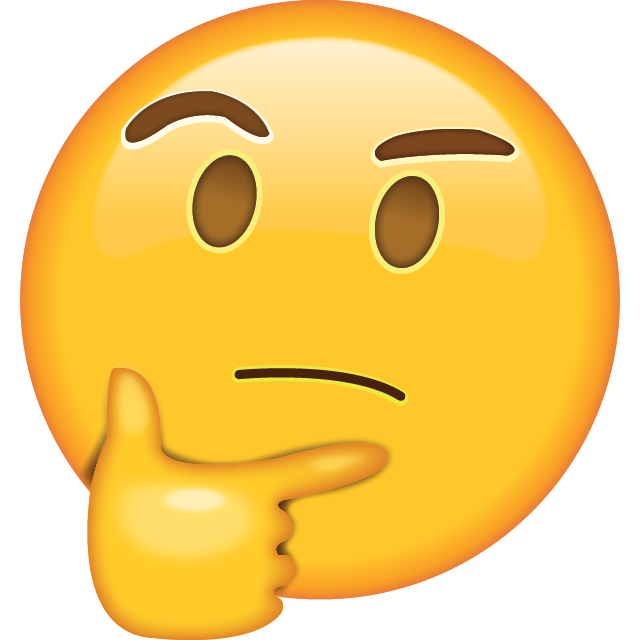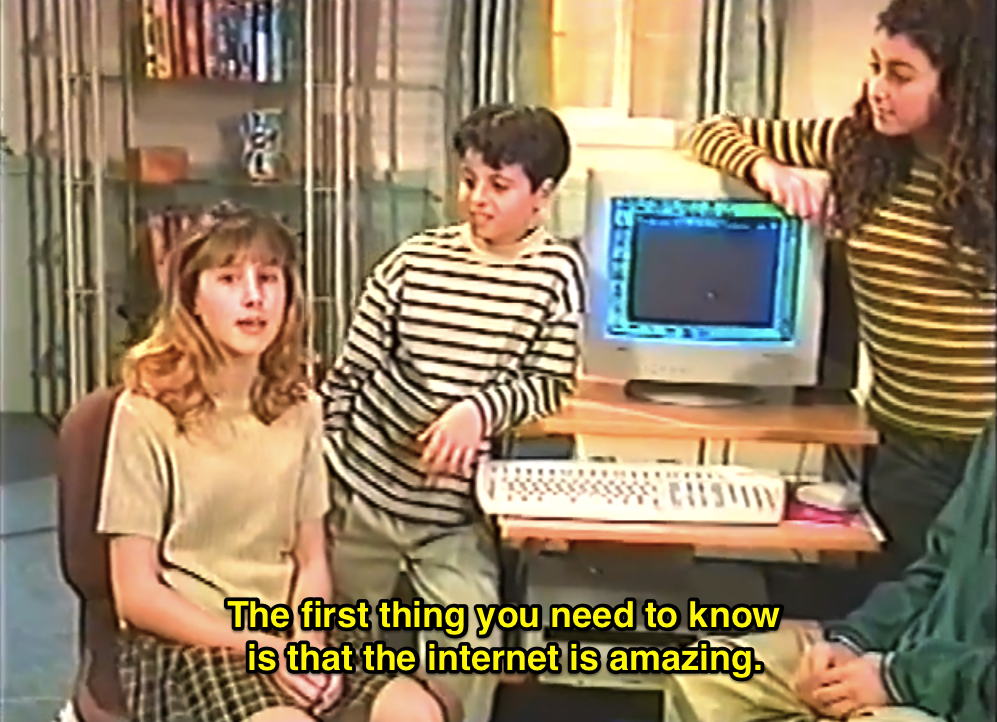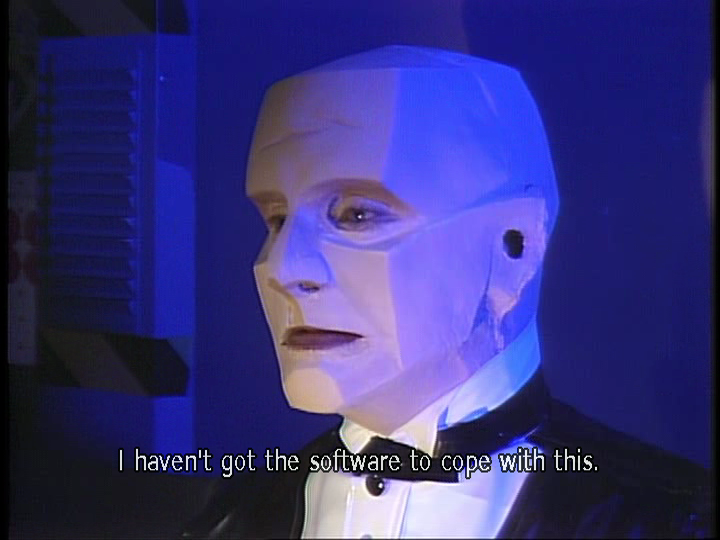 Then suddenly. An ad appears 😨. You decided to ignore it. Block the ad. Unsubscribe. Etc. It's not like they stay on your feed forever.
Then suddenly. An ad appears 😨. You decided to ignore it. Block the ad. Unsubscribe. Etc. It's not like they stay on your feed forever.But what if they did?

As media becomes increasingly pervasive, how much of the content in our social feed is from pages or people that we willingly follow and subscribe to? 🤬

Platforms like to promulgate the idea that users 🙋♀️ are not inclined to decide for themselves what they want, and that they are instead eager to be persuaded and served things they haven’t chosen, like ads. Not only can’t we curate our information 📄 feeds, but we can’t curate our personal desires, so we welcome ads and algorithms to solve the overwhelming problem for us 📲. We are imbued with an influx of content that we ultimately cannot control. 😱

This is an algorithmic mechanism used by companies through which a user’s online 💻 experience becomes a static, ever-narrowing version of their own pre-existing preferences. It is a tool 🛠 by which algorithms select online content that a user might want to see based on pre-existing data harvested from the same user, such as location 🌏, search history 🔎, and personal information ℹ️. It guards users against exposure to any content that might contradict their viewpoints, therefore isolating them within a coherent, restricted ideological environment.

